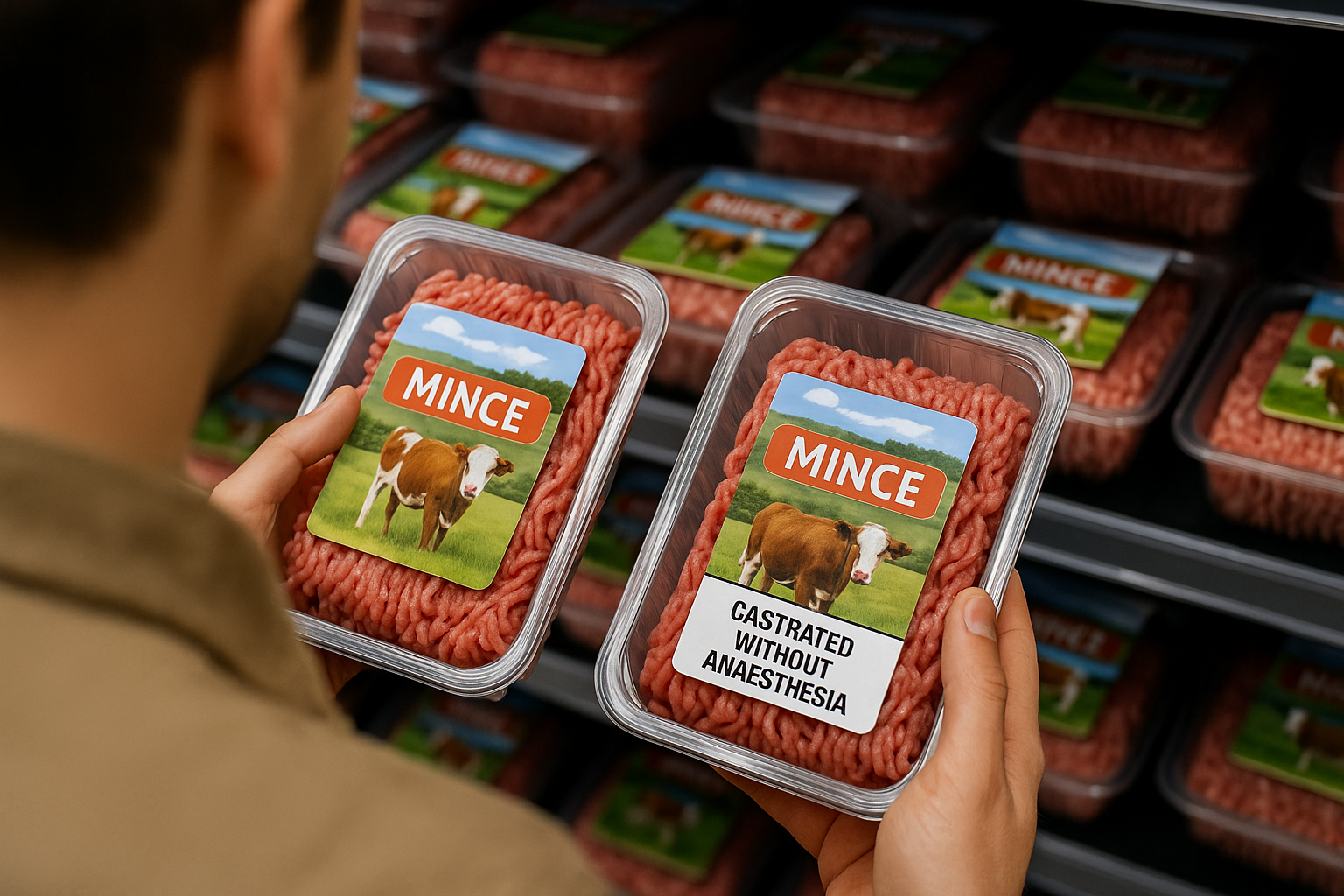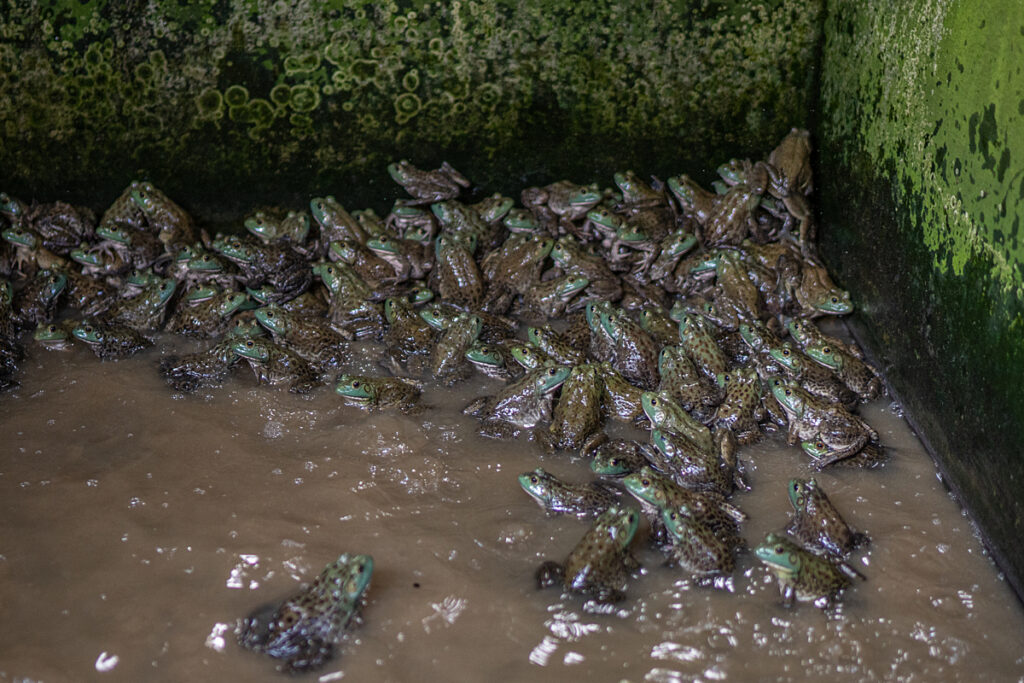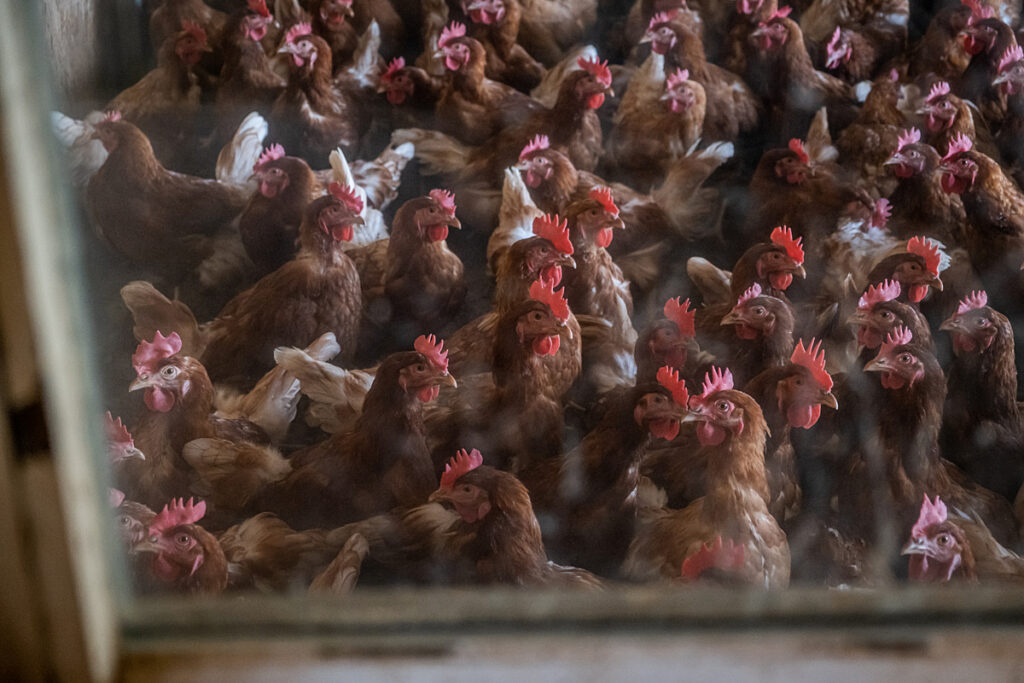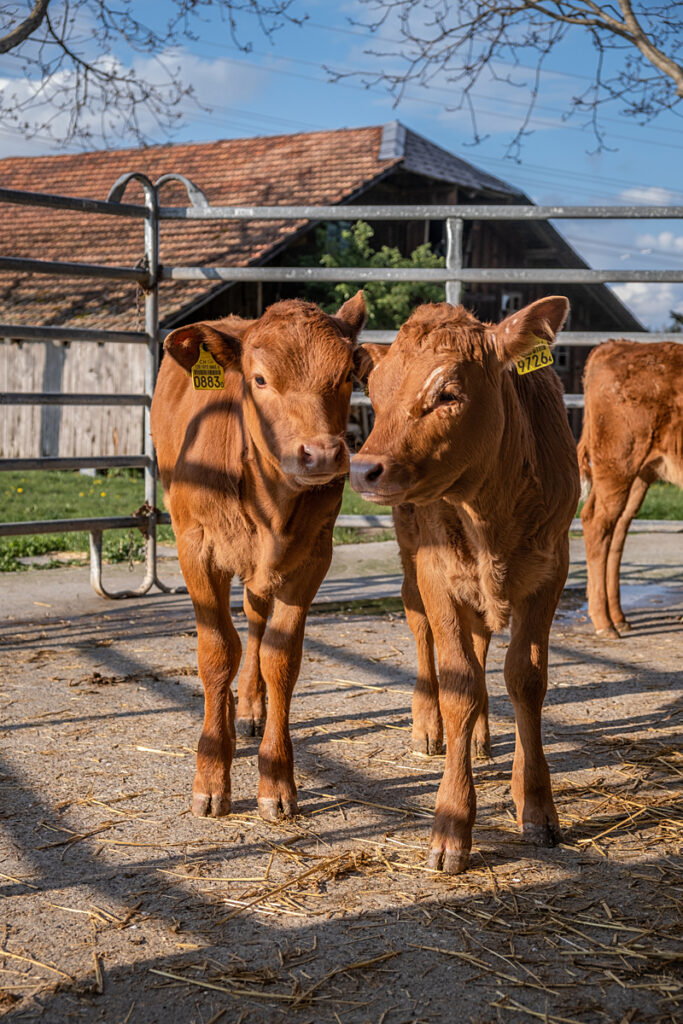Physical Address
304 North Cardinal St.
Dorchester Center, MA 02124
Physical Address
304 North Cardinal St.
Dorchester Center, MA 02124


Transparency is trending. But how much are we still not being told?
Switzerland is the first country in the world to introduce food labels showing whether animals were subjected to painful procedures. It’s a bold move, and one that’s sparked global attention. But while the new law covers some of the worst practices in farming, it leaves many others unmentioned.
So what exactly do these animal welfare labels include? And what’s still hidden from view?
The new law requires labels to show whether animals were subjected to procedures officially recognised as painful under Swiss animal welfare law. These are routine practices in animal farming that often happen without pain relief. Here’s more information about each of them.
Young male animals have their testicles cut out—typically in the first few days or weeks of life. It’s done to control breeding or alter the taste of the meat. Without anaesthetic, animals squeal, thrash, and exhibit signs of acute stress. Studies show elevated cortisol levels and long-term sensitivity at the wound site.
Farmers remove horn buds or saw off horns to reduce the risk of injury in confined spaces. The process involves burning the horn tissue with a hot iron, or cutting or sawing it off. Calves and goats often show head shaking, vocalising, or avoidance behaviour for hours or days after the procedure.
A portion of the piglet’s tail is cut off to reduce tail-biting in overcrowded pens. It’s often done with scissors or hot blades. This causes an acute stress response. The pain is immediate, but also potentially long-term. The wound often becomes infected, resulting in abscesses. It can also lead to traumatic neuromas: painful lesions caused by nerve damage.
Newborn piglets have sharp needle teeth that are sometimes clipped or ground down. This is usually done using pliers or grinders. It can crack the enamel, expose nerves, and cause infections. Affected piglets may struggle to feed, drool excessively, or develop swelling and abscesses.
Part of the beak is cut or burned off to prevent pecking in crowded flocks. The beak is full of nerves—trimming causes severe pain and affects their ability to feed, forage, peck, and engage in other essential natural behaviors.
A metal or plastic pipe is forced down the bird’s throat several times a day to deliver large volumes of fattening feed. The liver swells up to ten times its normal size, pushing against other organs. Birds often pant, vomit, struggle to stand, and suffer a high risk of injury, bleeding, or death.
The practice is already banned in Switzerland, but imported foie gras must now be labelled if produced this way.

Some imported frog meat comes from animals whose legs are torn off while they’re still conscious. Though illegal in Switzerland, it remains common elsewhere. Frogs may remain alive and fully aware during the dismemberment—unable to move, but still suffering.
These are not fringe cases. They’re standard industry procedures throughout the EU and beyond, often invisible to consumers.
Switzerland’s animal welfare labels are only designed to highlight a few select procedures. Sadly, that leaves many standard industry practices in the shadows, many of which are just as harmful, painful, and distressing to the animals. Here’s a closer look at what the animal welfare labels fail to mention.

A chicken raised for eggs can still be confined in an “enriched cage,” with less space than an A4 sheet of paper per bird. Dairy cows may be kept tethered for months in tie-stalls. Pigs can legally be housed on 0.9m² of bare concrete with no bedding.
This slaughter method is commonly used for pigs. Animals gasp for air, squeal, and thrash for up to 3 minutes as the gas forms an acid in their eyes, nasal passages, mouths, and lungs. Male chicks in the egg industry are also gassed, though this is being phased out using in-egg sexing technology. Neither are required to be reported on the new animal welfare labels.
Most Farmed animals can legally be transported for up to 8 hours total (with 6 hours actually on the road). However, there are well-documented violations of maximum transport time. This can cause stress, exhaustion, and dehydration, among other welfare concerns.
Broiler chickens have been genetically selected to grow so fast their legs often collapse under their own weight. Studies show that lameness rates in intensive systems can reach 50%. Chickens and turkeys bred for meat often suffer hip dislocations, cardiac arrest, skeletal deformities, and other painful consequences.
If a painful procedure is performed with anaesthesia, it does not need to be declared on the animal welfare labels. This includes castration, tail docking, and dehorning. But studies show that pain can persist for days, months, or long-term, even with analgesics.
Many cows used in the dairy industry suffer from clinical mastitis. This includes swelling, pain, redness, and inflammation of the udders resulting in blood, flakes, or clots in their milk. Despite being very clearly painful, this won’t be covered by the new animal welfare labels.
Conventional systems separate calves from their mothers within 12-24 hours of birth. This is done so that we can harvest the milk the mother produced for her calf. There is clear evidence this early separation causes psychological distress to both mother and calf.
Calves are routinely held in isolation hutches for 3 weeks, before being moved to group housing to be fattening for slaughter at ~5 months old for veal, or 10 months for beef. A cow’s natural lifespan is 15-20 years. This will not be mentioned on animal welfare labels, but it applies across the board.

High ammonia levels from manure buildup are common in indoor systems. Ammonia can damage animals’ eyes, skin, and respiratory tracts. It’s most often an issue in pig and poultry farms. Chronic exposure is linked to painful eye ulcers and breathing problems. This does not need to be mentioned on animal welfare labels.
Switzerland has made progress in reducing antibiotic use, but 24 tonnes of veterinary antimicrobials were still used in 2023 (the majority of which was for livestock). Overuse is closely linked to poor animal welfare and contributes to the growing global threat of antimicrobial resistance among humans.
Most people think animals are killed quickly and painlessly, but this is not true. Swiss law requires stunning before slaughter, but methods like captive bolt guns and electrical stunning can fail, especially in high-speed slaughterhouses. Animals who are improperly stunned may remain conscious during throat-cutting or scalding.
Even when stunning is effective, animals often show signs of fear and stress in the moments leading up to slaughter—freezing, defecating, vocalising, or trying to jump walls and escape. They can smell the blood, hear the screams, and sense what’s coming.
Investigations across Europe, including Switzerland, have documented rough handling, botched kills, and animals visibly panicking in the slaughter line. None of this will appear on animal welfare labels.
The new animal welfare labels are a step toward greater transparency. They tell us when animals have been castrated, dehorned, otherwise mutilated, or force-fed without anaesthetic. That’s important information. And it’s more than most countries offer.
But the animal welfare labels don’t stop animals from being subjected to these mutilations and cruel practices. And as long as animals are given pain relief or anaesthetic, products don’t even need to carry the labels. On top of that, animals can still legally be confined, isolated, transported for hours, and slaughtered in agonizing and terrifying conditions: no label required.
The new rules look like progress on paper. But it doesn’t reflect the full reality of animal farming. It’s important to remember: most of what happens on farms and in slaughterhouses still isn’t labelled.